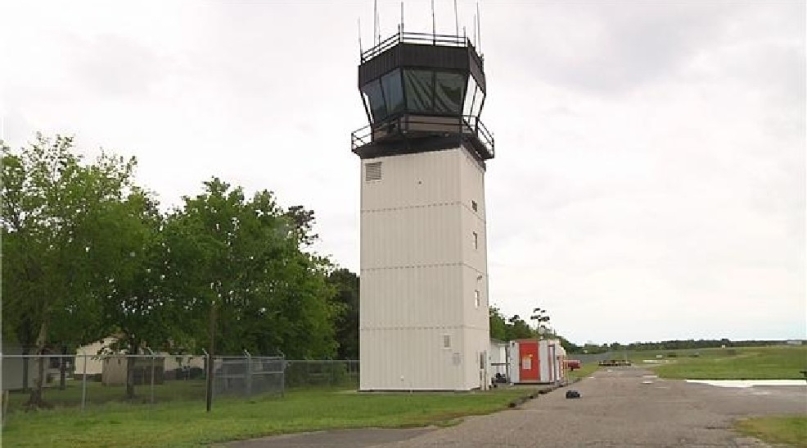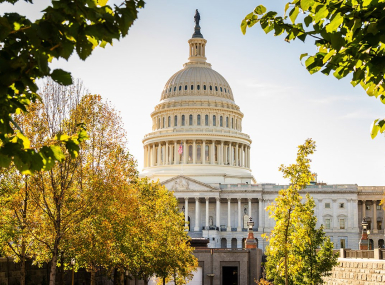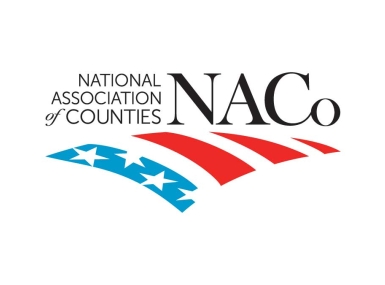White House launches busy Infrastructure Week
Author

Kevan Stone
Upcoming Events
Related News

Trump, like others before him, wants to privatize air traffic control
President Donald Trump launched what the White House is calling its "Infrastructure Week," beginning June 4 with an East Room speech, outlining the administration’s principles for reforming the nation’s air-traffic control system (ATC). The White House scheduled events in and out of Washington that allowed Trump to highlight his vision for an infrastructure plan that will cover aviation, rail, road and maritime infrastructures.
Last month, in conjunction with its FY18 federal budget request, the White House released a fact sheet titled Infrastructure Initiative, with ATC reform prominent on that agenda. While a presidential administration spearheading this push is relatively new, the call for ATC privatization is one that has been around since the Clinton Administration. House Transportation and Infrastructure chairman Bill Shuster (R-Pa.), a longtime advocate of ATC reform, has used the presidential momentum at his back for a renewed push to accomplish this effort.
The president and longtime advocates detailed the same rationale for reform that many have echoed for decades. Nobody disputes that the nation’s ATC system relies on technology more than a century old. Ground-based radar has been in use for flight tracking and air-traffic management since before World War II. Other countries in the past 20 years have successfully migrated to a global positioning satellite (GPS) form of air-traffic control. This safer technology, however, requires a major financial investment to implement. The United States has been working towards this technology, called The Next Generation Air Transportation System, or NextGen, at a cost of billions of dollars, with many on Capitol Hill criticizing the pace of deployment as another example of government bureaucracy and red-tape gone awry.
While debating a new FAA Reauthorization bill in 2016, Chairman Shuster pushed hard for ATC privatization, but in the end had to settle for an extension of the last authorization when the votes could not be mustered to support the spinoff. With the president now providing support, Shuster has doubled-down on his efforts to see this privatization provision become a central part of a new authorization, due by the end of September 2017. Senate Science, Commerce and Transportation Chairman John Thune (R-S.D.) has expressed reserved support for this effort, maintaining however that the House would be the chamber taking the lead for this section.
Counties, as owners and operators of 34 percent of the nation’s public airports, are a major player in the debate over any reform to the nation’s air-traffic control system. While there is no debate about the safety advances NextGen would bring, a central question remains as to the fate of smaller civil aviation facilities under privatization.
Both local control and employment questions come to the forefront with the possibility of remote towers replacing manned towers at airport facilities. Some critics fear that a private corporation would decide it is more “economically viable” to maintain a current tower or consolidate control functions to a centralized location hundreds of miles away.
In his remarks, President Trump did add assurances that rural airport facilities would benefit from the new ATC privatization push. However, he offered no specifics. Trump’s visit June 7 to Ohio included a trip to the Brent Spence Bridge, which spans the Ohio River between Cincinnati and Kentucky, to talk about the importance of waterways and bridge infrastructure.
He also met with a group of local and state-elected officials — which included NACo President Bryan Desloge — back in Washington to discuss the topic. Capping off “Infrastructure Week,” Trump visited the Department of Transportation, to discuss highway and railroad infrastructure.
Attachments
Related News

U.S. Congress pass minibus funding package
U.S. House and Senate appropriators passed a “minibus” appropriations package containing Fiscal Year (FY) 2025 Interior-Environment, Commerce-Justice-Science and Energy-Water spending bills.

Federal district court issues ruling preventing the federal government from imposing immigration compliance mandates on grant recipients
On November 4, a federal judge in Rhode Island ruled that the U.S. Department of Transportation cannot condition federal grant funding on a recipient’s cooperation with federal immigration enforcement efforts.

State of America’s Counties Address Highlights Intergovernmental Partnership, Cost and Administrative Shifts
NACo President J.D. Clark, national experts share insights at policy summit in Washington, D.C.